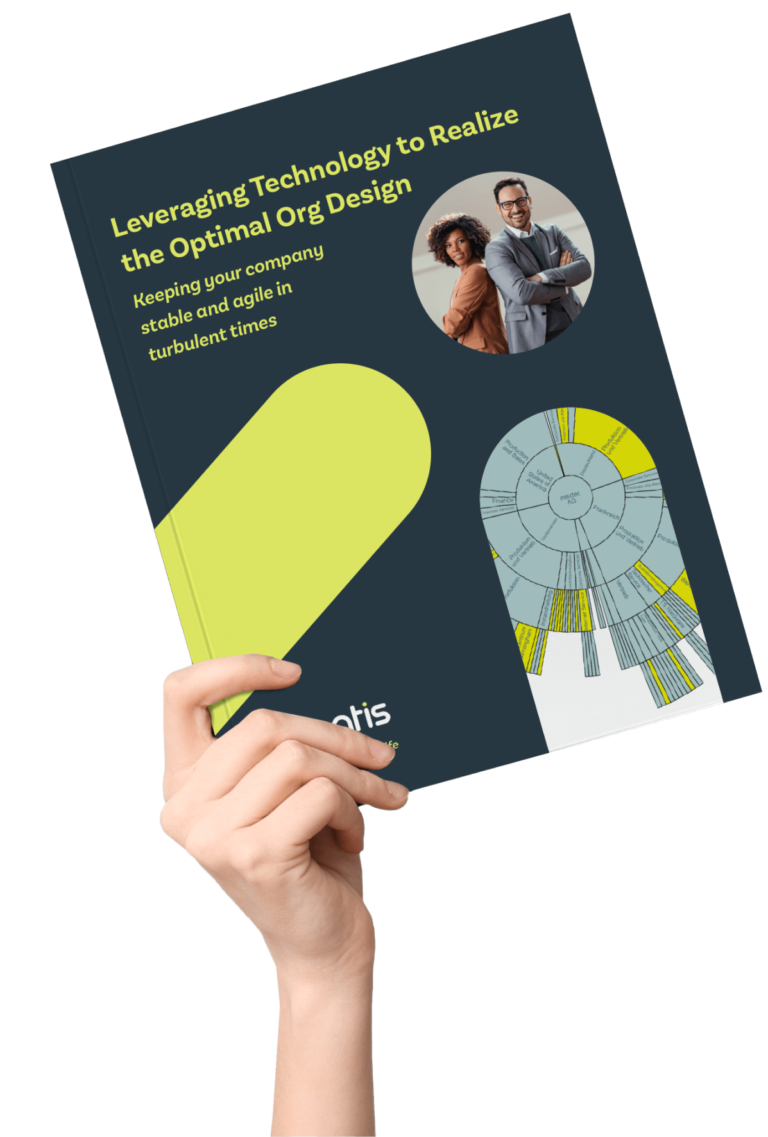How do you work with these KPIs in organizational design in concrete terms?
Working with KPIs in the context of organizational design requires a structured approach. Here are some specific steps on how to work with these KPIs in organizational design:
Goal Definition:
Define clear and measurable goals for the organization, departments, and teams. These goals should align with the overall strategy and long-term plans of the company.
Selection of Relevant KPIs:
Choose KPIs that directly correspond to the set goals. Ensure they are specific, measurable, achievable, realistic, and time-bound (SMART criteria).
Integration into Organizational Structures:
Ensure that the organizational structure supports the achievement of KPIs. This may involve adjusting team structures, responsibilities, and processes to enable effective performance measurement.
Setting Data Sources and Measurement Methods:
Determine how and from where the data for the KPIs will be obtained. Implement systems and processes for regular data collection and analysis.
Communication and Transparency:
Clearly communicate the KPIs and their significance to all stakeholders. Ensure that employees understand how their work contributes to these KPIs.
Ongoing Monitoring and Evaluation:
Regularly monitor performance in terms of the defined KPIs. Utilize visualizations in org charts, management dashboards, or regular reports to track progress.
Feedback and Adjustment Processes:
Establish processes for regular feedback and adjustments. If KPIs are not met, analyze the reasons and make necessary adjustments to the organizational design.
Employee Development:
Promote the development of skills and competencies required to achieve the KPIs. This may include training, workshops, or coaching.
Linking with Reward Systems:
Link the achievement of KPIs with reward and recognition systems. This encourages motivation and engagement among employees.
Review and Adjustment of KPIs:
Regularly review whether the KPIs are still relevant and make adjustments if needed to ensure they continue to align with changing business goals and strategies.






